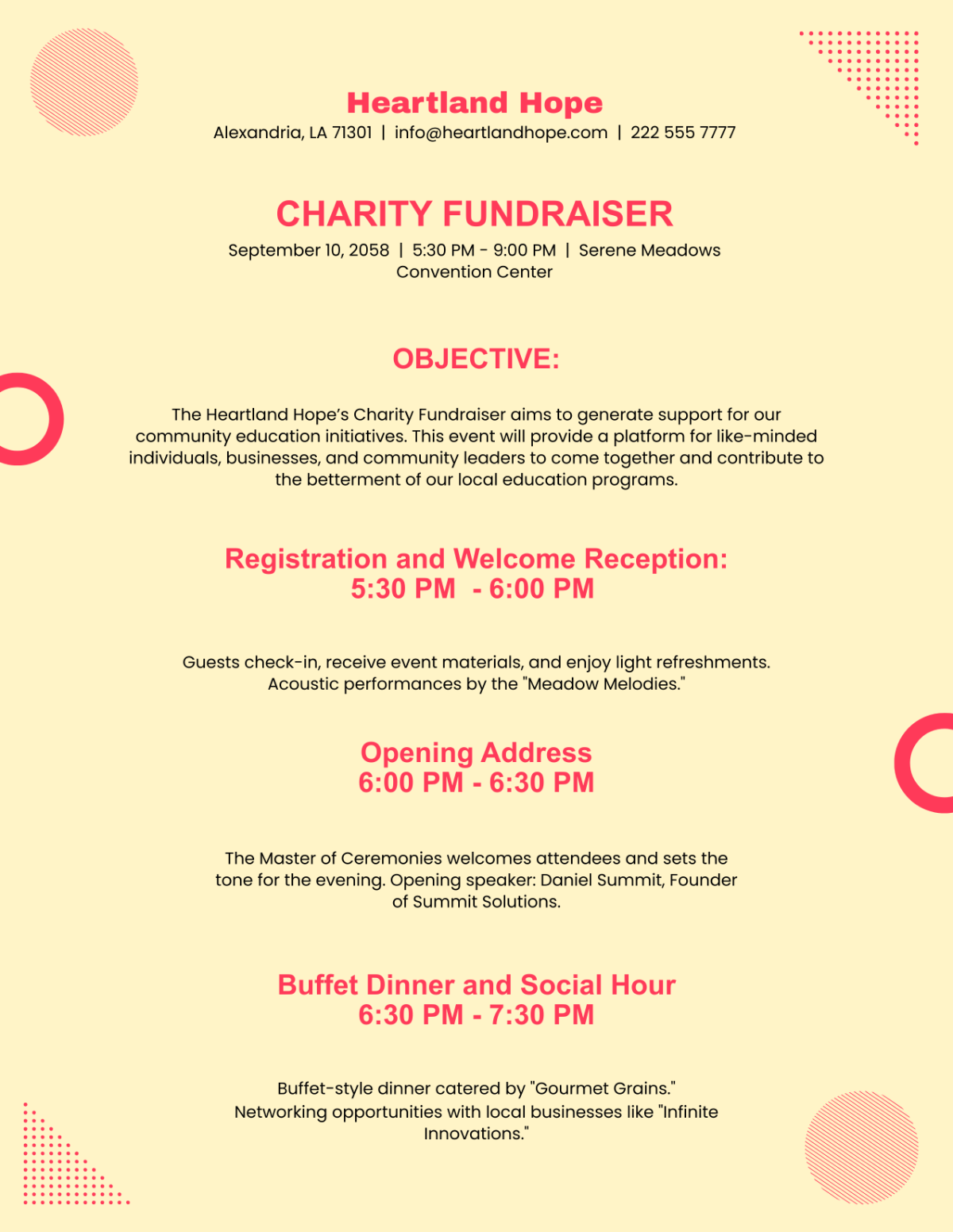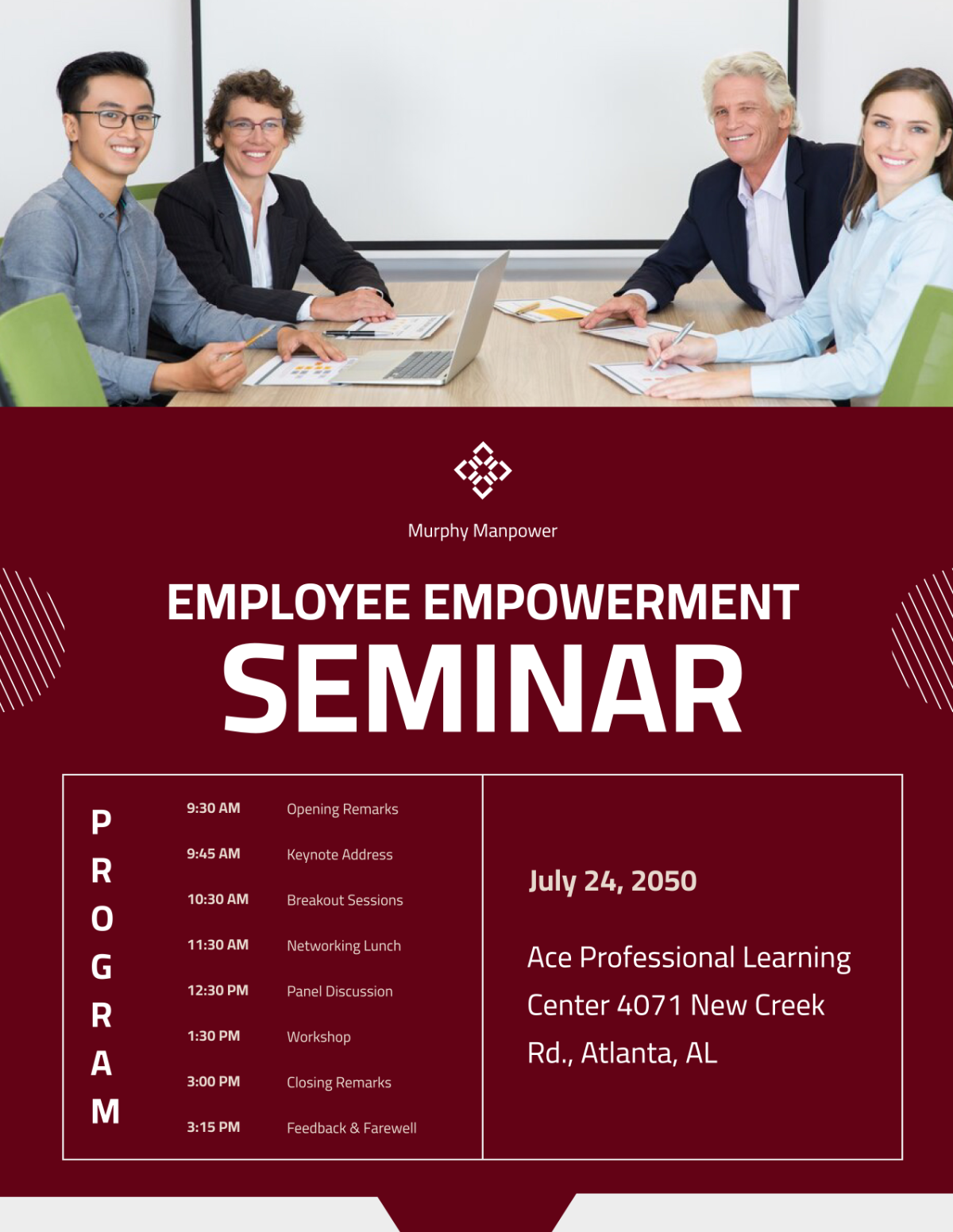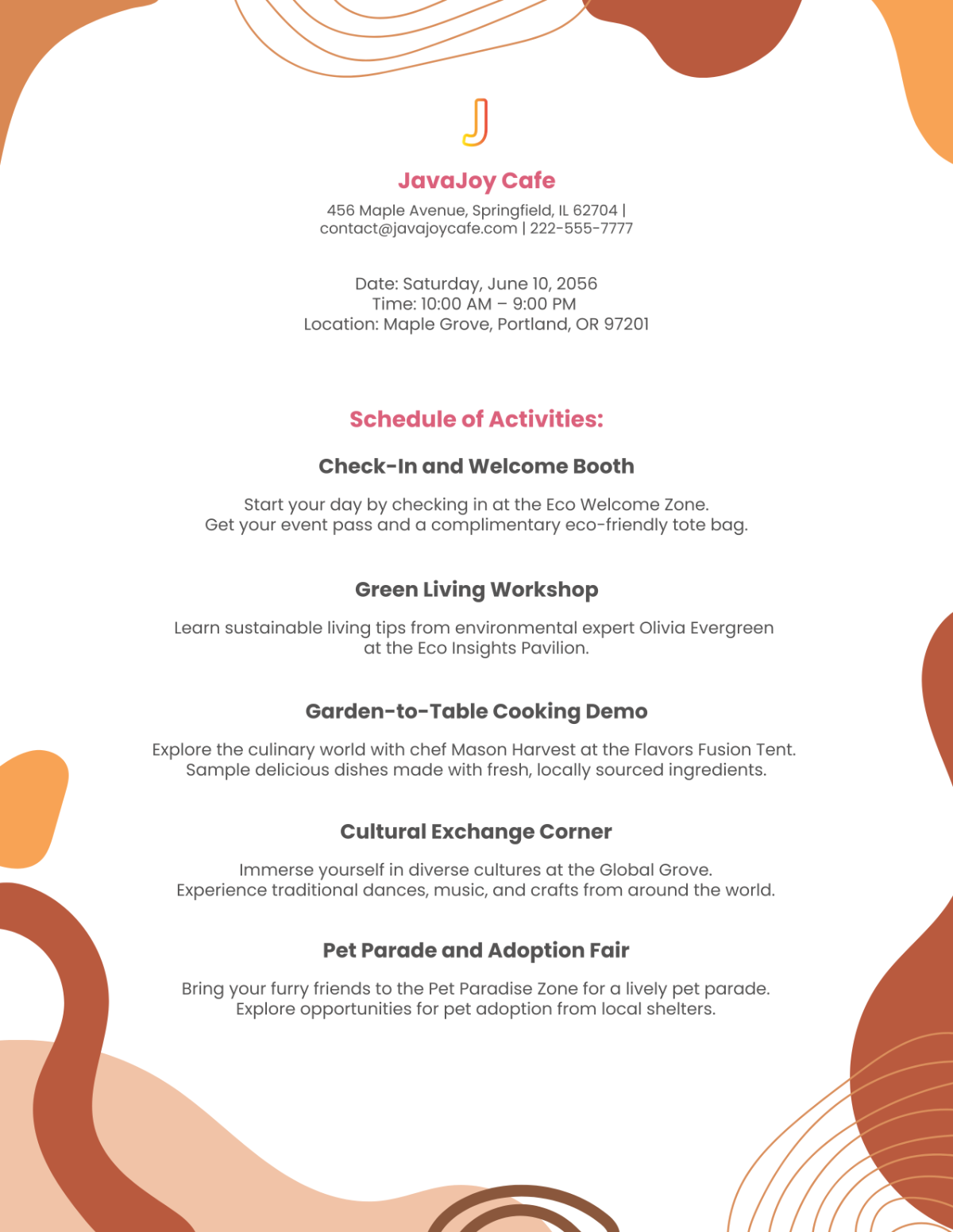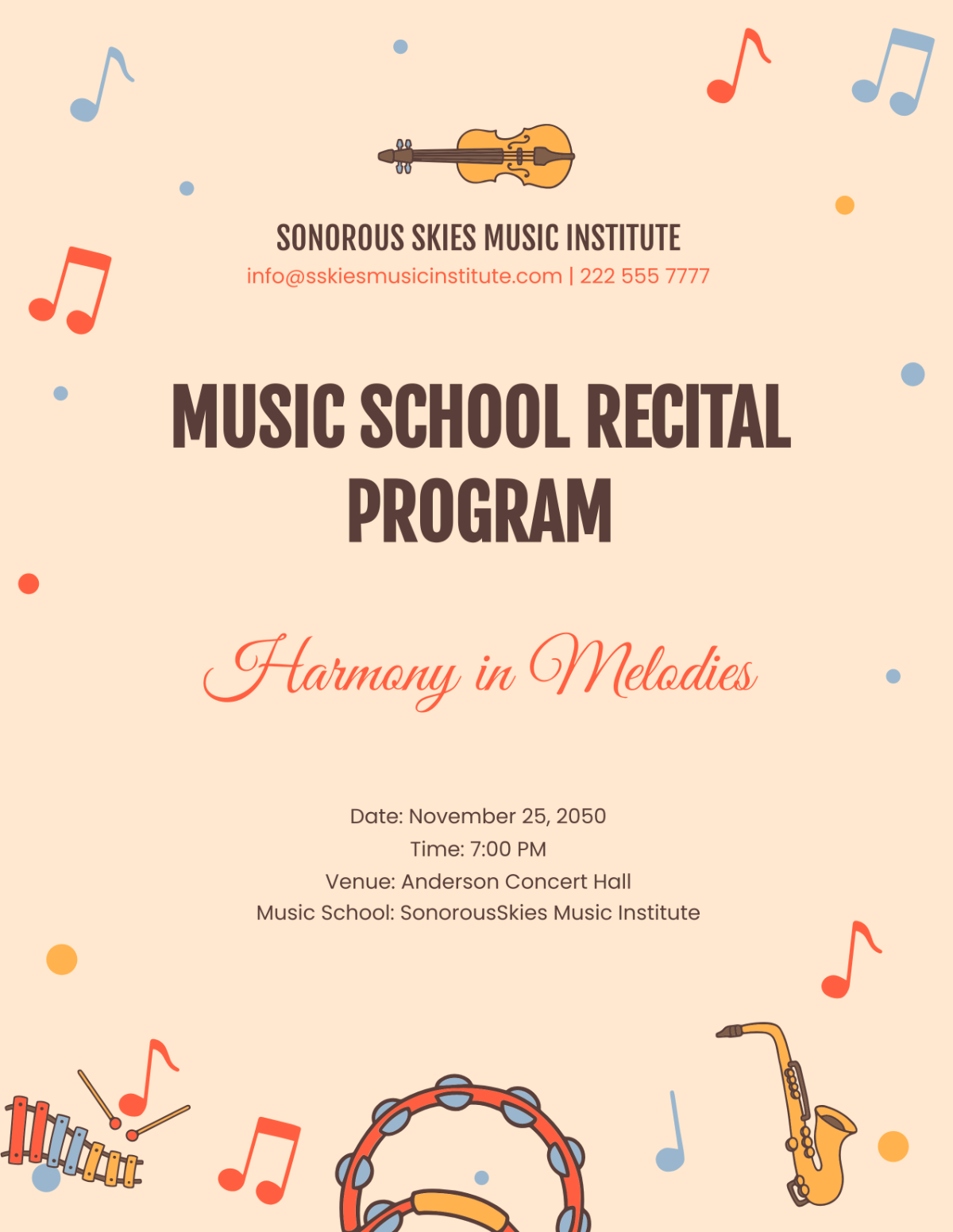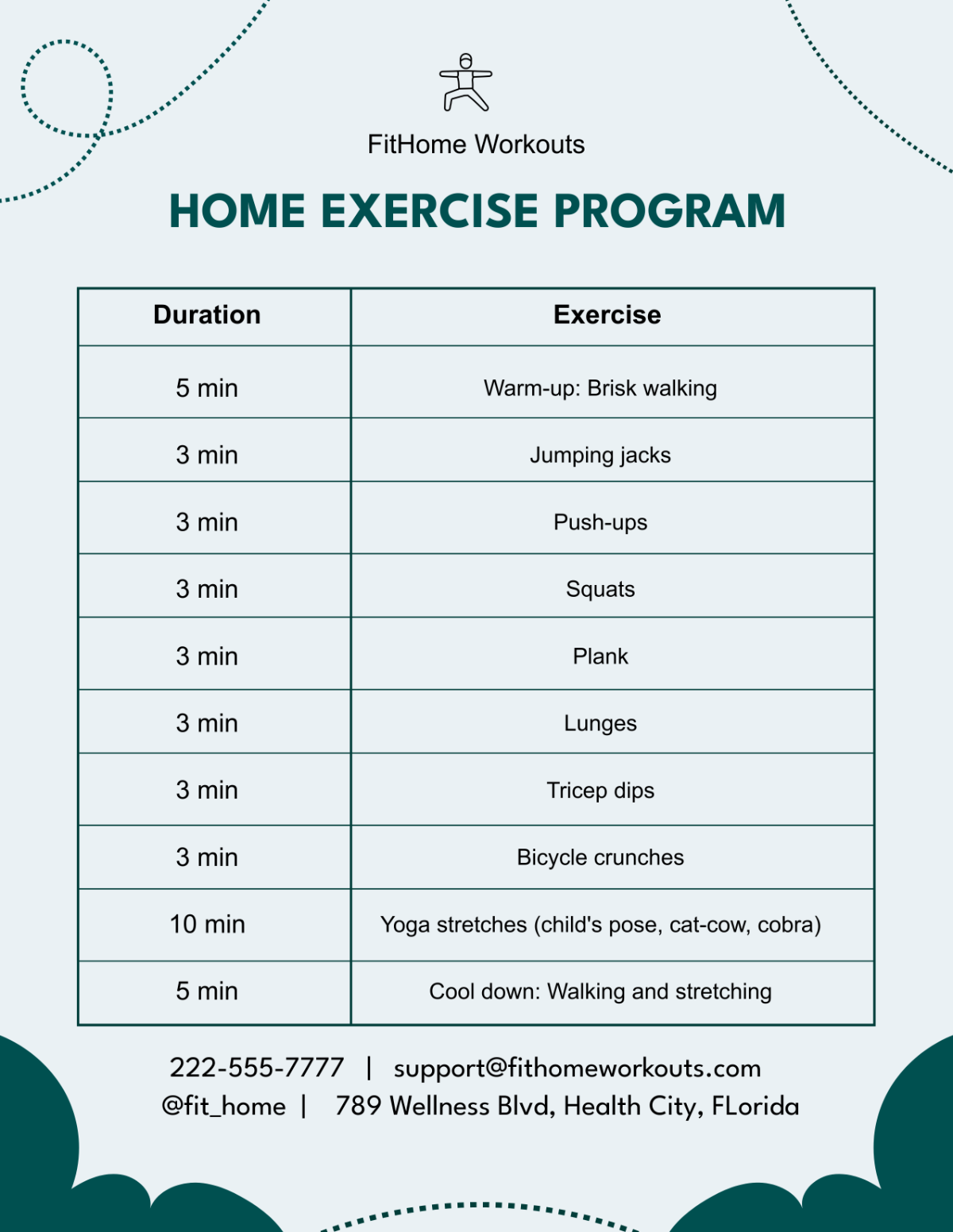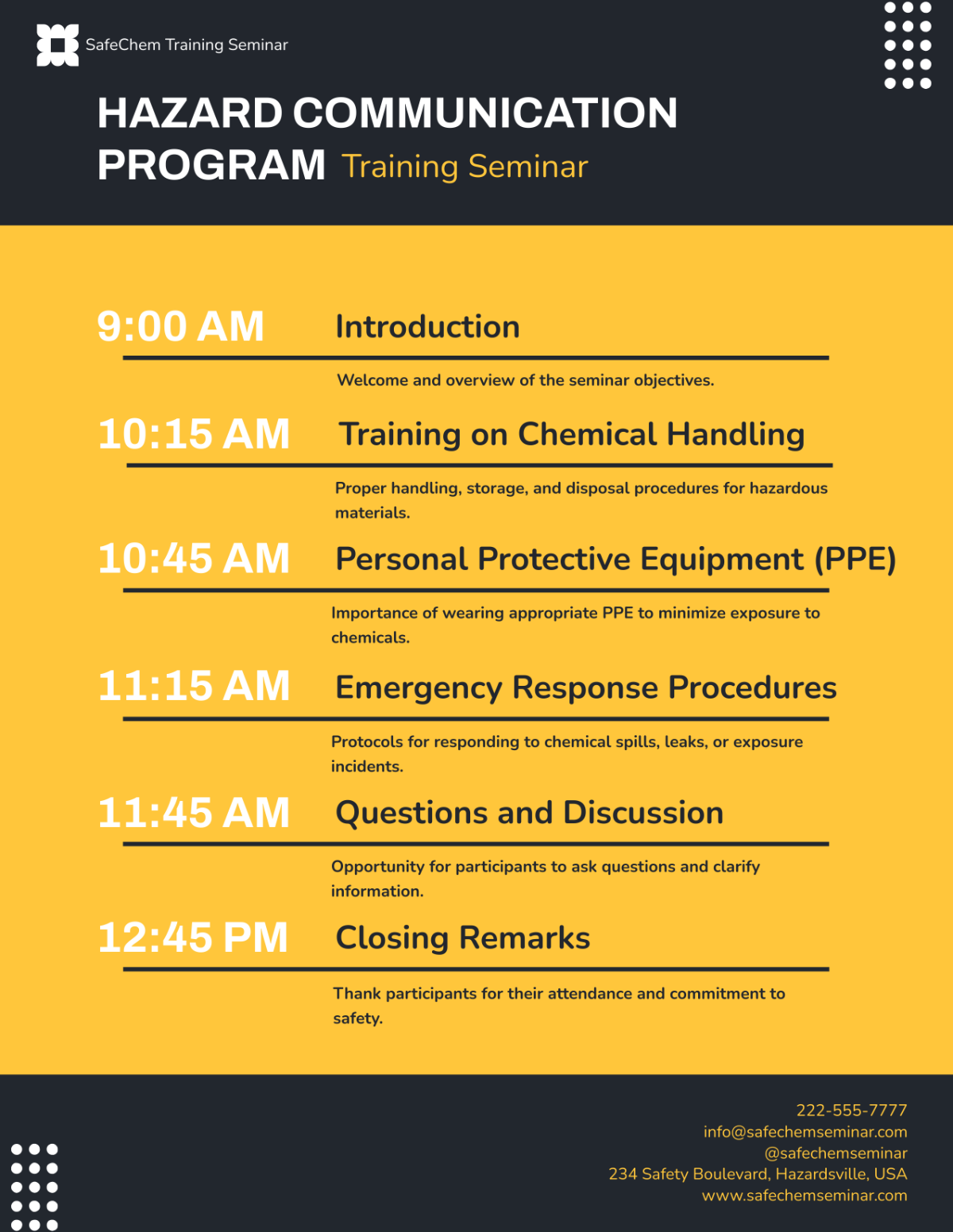Business Program Plan Outline for Daycare Center
Prepared by:
[Your Name]
[Your Company Name]
I. Executive Summary
Mission Statement: A brief overview of the daycare center's mission, values, and purpose.
Vision Statement: The long-term goals and aspirations for the daycare center.
Business Description: A summary of the daycare center's services, target market, and overall business strategy.
II. Business Objectives
Short-Term Goals: Objectives for the first year of operation (e.g., enrollment targets, community outreach).
Long-Term Goals: Objectives for the next 3-5 years (e.g., expanding to multiple locations, increasing the number of enrolled children).
III. Services Offered
Child Care Programs: Description of the programs and age groups served (e.g., infant care, toddler programs, preschool).
Additional Services: Any supplementary services offered, such as after-school care, transportation, or special educational programs.
Hours of Operation: The working hours of the daycare center and any flexibility in scheduling.
IV. Market Analysis
Target Market: Definition of the ideal clientele (e.g., working parents, specific age groups).
Market Research: Overview of local demand for daycare services, including demographic and economic trends.
Competitive Analysis: A review of local competitors, their offerings, and how the daycare center will differentiate itself.
V. Marketing and Sales Strategy
Branding: The daycare’s brand image, including its logo, color scheme, and communication style.
Marketing Channels: Strategies for reaching potential clients (e.g., online advertising, social media, community events, word-of-mouth).
Pricing Strategy: The fee structure for services, including discounts or packages, and any payment policies.
VI. Operations Plan
Location and Facility: Details about the physical location, safety measures, and facilities (e.g., play areas, classrooms, rest areas).
Staffing Requirements: A breakdown of staff roles and responsibilities, including the qualifications and certifications needed.
Daily Operations: Procedures for intake, daily schedules, meal plans, naps, educational activities, and child supervision.
VII. Financial Plan
Startup Costs: A list of initial investment expenses (e.g., facility renovation, equipment, licensing fees).
Revenue Projections: Forecasted income based on enrollment numbers and pricing structure.
Operating Expenses: A breakdown of ongoing expenses (e.g., staff salaries, utilities, supplies).
Funding Requirements: The amount of funding needed to start or grow the daycare center and how it will be obtained (e.g., loans, grants, or investments).
Profit and Loss Statement: A projected financial statement outlining expected revenues and expenses over a specific period (e.g., first year).
VIII. Legal and Regulatory Compliance
Licensing Requirements: Overview of the necessary licenses and permits to operate the daycare center.
Health and Safety Regulations: Details on compliance with local health and safety standards, including staff training and safety protocols.
Insurance: Types of insurance required (e.g., liability insurance, worker's compensation).
IX. Risk Management Plan
Potential Risks: Identification of key risks such as economic downturns, changing regulations, and health-related issues.
Mitigation Strategies: Plans to minimize or manage risks, such as emergency procedures, insurance coverage, and compliance tracking.
X. Growth and Expansion Plan
Future Services: Ideas for expanding services (e.g., additional age groups, summer programs, educational partnerships).
Scaling Operations: Plans to increase capacity (e.g., opening additional locations, increasing staff).
Community Engagement: Strategies to build relationships with local schools, parents, and businesses to support future growth.
XI. Conclusion
A summary of the business plan, emphasizing the daycare center’s potential for success and growth.


